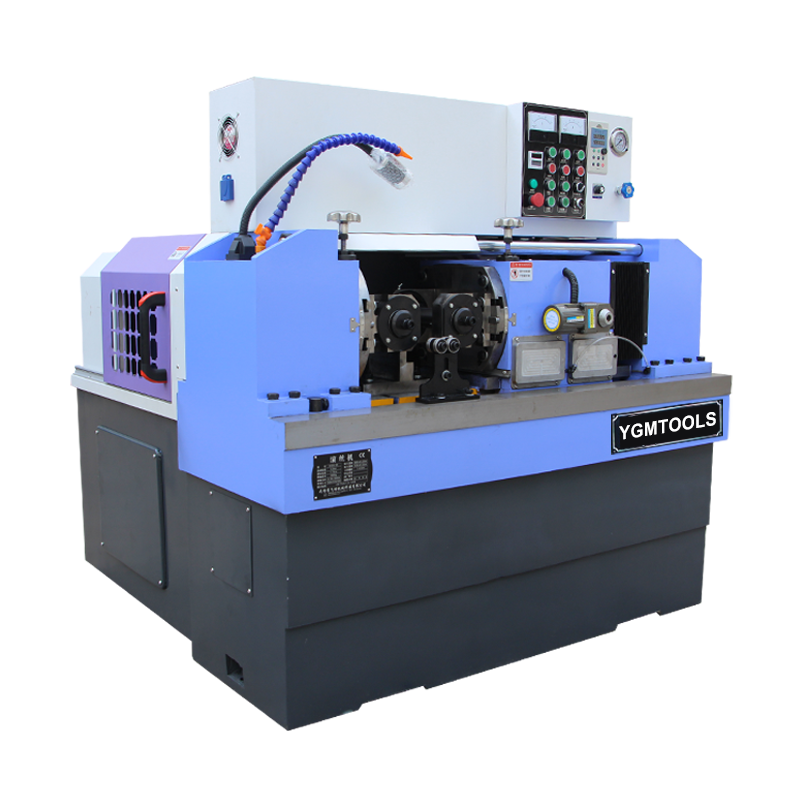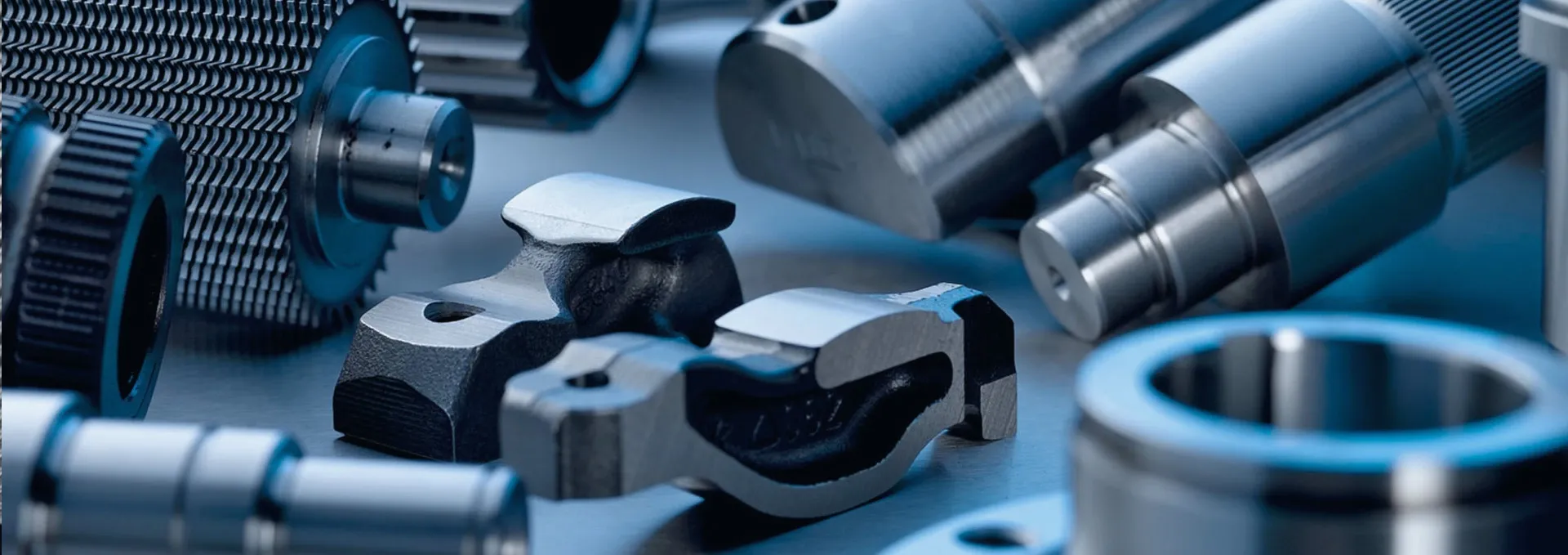
-
 Afrikaans
Afrikaans -
 Albanian
Albanian -
 Amharic
Amharic -
 Arabic
Arabic -
 Armenian
Armenian -
 Azerbaijani
Azerbaijani -
 Basque
Basque -
 Belarusian
Belarusian -
 Bengali
Bengali -
 Bosnian
Bosnian -
 Bulgarian
Bulgarian -
 Catalan
Catalan -
 Cebuano
Cebuano -
 Corsican
Corsican -
 Croatian
Croatian -
 Czech
Czech -
 Danish
Danish -
 Dutch
Dutch -
 English
English -
 Esperanto
Esperanto -
 Estonian
Estonian -
 Finnish
Finnish -
 French
French -
 Frisian
Frisian -
 Galician
Galician -
 Georgian
Georgian -
 German
German -
 Greek
Greek -
 Gujarati
Gujarati -
 Haitian Creole
Haitian Creole -
 hausa
hausa -
 hawaiian
hawaiian -
 Hebrew
Hebrew -
 Hindi
Hindi -
 Miao
Miao -
 Hungarian
Hungarian -
 Icelandic
Icelandic -
 igbo
igbo -
 Indonesian
Indonesian -
 irish
irish -
 Italian
Italian -
 Japanese
Japanese -
 Javanese
Javanese -
 Kannada
Kannada -
 kazakh
kazakh -
 Khmer
Khmer -
 Rwandese
Rwandese -
 Korean
Korean -
 Kurdish
Kurdish -
 Kyrgyz
Kyrgyz -
 Lao
Lao -
 Latin
Latin -
 Latvian
Latvian -
 Lithuanian
Lithuanian -
 Luxembourgish
Luxembourgish -
 Macedonian
Macedonian -
 Malgashi
Malgashi -
 Malay
Malay -
 Malayalam
Malayalam -
 Maltese
Maltese -
 Maori
Maori -
 Marathi
Marathi -
 Mongolian
Mongolian -
 Myanmar
Myanmar -
 Nepali
Nepali -
 Norwegian
Norwegian -
 Norwegian
Norwegian -
 Occitan
Occitan -
 Pashto
Pashto -
 Persian
Persian -
 Polish
Polish -
 Portuguese
Portuguese -
 Punjabi
Punjabi -
 Romanian
Romanian -
 Russian
Russian -
 Samoan
Samoan -
 Scottish Gaelic
Scottish Gaelic -
 Serbian
Serbian -
 Sesotho
Sesotho -
 Shona
Shona -
 Sindhi
Sindhi -
 Sinhala
Sinhala -
 Slovak
Slovak -
 Slovenian
Slovenian -
 Somali
Somali -
 Spanish
Spanish -
 Sundanese
Sundanese -
 Swahili
Swahili -
 Swedish
Swedish -
 Tagalog
Tagalog -
 Tajik
Tajik -
 Tamil
Tamil -
 Tatar
Tatar -
 Telugu
Telugu -
 Thai
Thai -
 Turkish
Turkish -
 Turkmen
Turkmen -
 Ukrainian
Ukrainian -
 Urdu
Urdu -
 Uighur
Uighur -
 Uzbek
Uzbek -
 Vietnamese
Vietnamese -
 Welsh
Welsh -
 Bantu
Bantu -
 Yiddish
Yiddish -
 Yoruba
Yoruba -
 Zulu
Zulu
Scaffolding Pipe Thread Rolling Machine for Efficient Pipe Fabrication and Assembly
The Advancements in Scaffolding Pipe Thread Rolling Machines
In the realm of modern construction, scaffolding plays a pivotal role in ensuring the safety and efficiency of various building projects. A crucial component of scaffolding systems is the pipes that act as structural supports. The manufacturing and threading of these pipes are essential processes, and this is where scaffolding pipe thread rolling machines come into play, revolutionizing the industry with their precision and efficiency.
Understanding Thread Rolling Machines
Thread rolling machines are specialized equipment designed to create threads on cylindrical objects. In the context of scaffolding pipes, these machines employ a rolling process that deforms the material to form threads instead of cutting them. This method has several advantages, including improved material integrity and enhanced thread strength. Unlike traditional machining methods, thread rolling minimizes material wastage and provides a higher yield of usable products.
Mechanics of Thread Rolling
The operation of a scaffolding pipe thread rolling machine typically involves two or three dies that rotate around the pipe. As the pipe is fed through the machine, the dies apply pressure at specific angles, forcing the metal to flow into the desired thread profile. This cold forming process not only results in superior surface finish but also enhances the mechanical properties of the threaded area, making it more resilient to stress and fatigue.
Benefits of Using Thread Rolling Machines
1. Efficiency Thread rolling machines significantly reduce production time compared to traditional cutting methods. The speed at which these machines operate allows manufacturers to meet the high demand for scaffolding materials without compromising on quality.
2. Cost-Effectiveness By minimizing material waste and reducing machining time, thread rolling machines contribute to lower production costs. This economic advantage is essential for companies operating in the competitive construction market.
scaffolding pipe thread rolling machine product

3. Superior Quality The threads produced by rolling machines exhibit superior dimensional accuracy and surface quality. This precision ensures a better fit between scaffolding components, enhancing safety and stability during construction.
4. Increased Durability The rolling process alters the grain structure of the metal in a favorable way, resulting in threads that are not only stronger but also more resistant to wear and corrosion. This is particularly important in scaffolding applications where components are exposed to varying weather conditions.
Innovations in Machine Design
Recent advancements in technology have led to the development of more sophisticated thread rolling machines. Modern machines are equipped with digital controls, allowing for precise adjustments and monitoring of the threading process. Automation has also increased, reducing the need for manual intervention and enabling manufacturers to streamline their operations.
Furthermore, some machines incorporate multi-station capabilities, allowing for the simultaneous processing of multiple pipes. This leads to further improvements in productivity and efficiency.
Environmental Considerations
As the construction industry increasingly focuses on sustainability, the environmental impact of manufacturing processes comes into sharper focus. Scaffolding pipe thread rolling machines contribute positively by reducing waste and energy consumption. The cold forming process requires significantly less energy compared to traditional machining, aligning with the industry's goals for a more sustainable future.
Conclusion
The scaffolding pipe thread rolling machine is a vital innovation in the construction industry, bringing together efficiency, cost-effectiveness, and quality. As the demand for scaffolding remains strong with ongoing urbanization and infrastructure development, these machines are set to play an increasingly important role. The integration of advanced technologies into their design ensures that they meet the evolving needs of manufacturers while contributing to safer and more sustainable construction practices. Embracing these advancements will allow businesses to remain competitive and responsive to the dynamic nature of the construction market.
